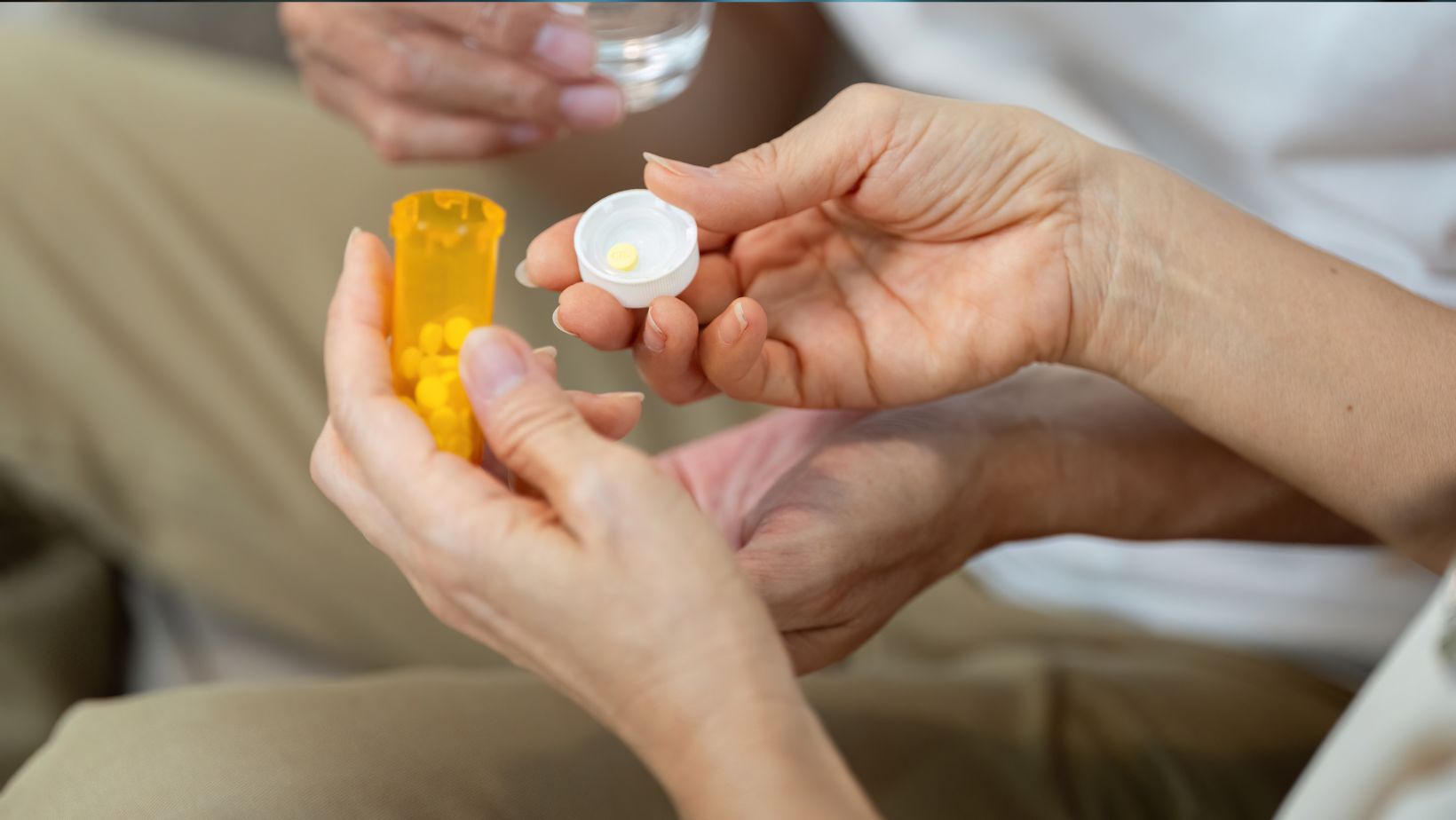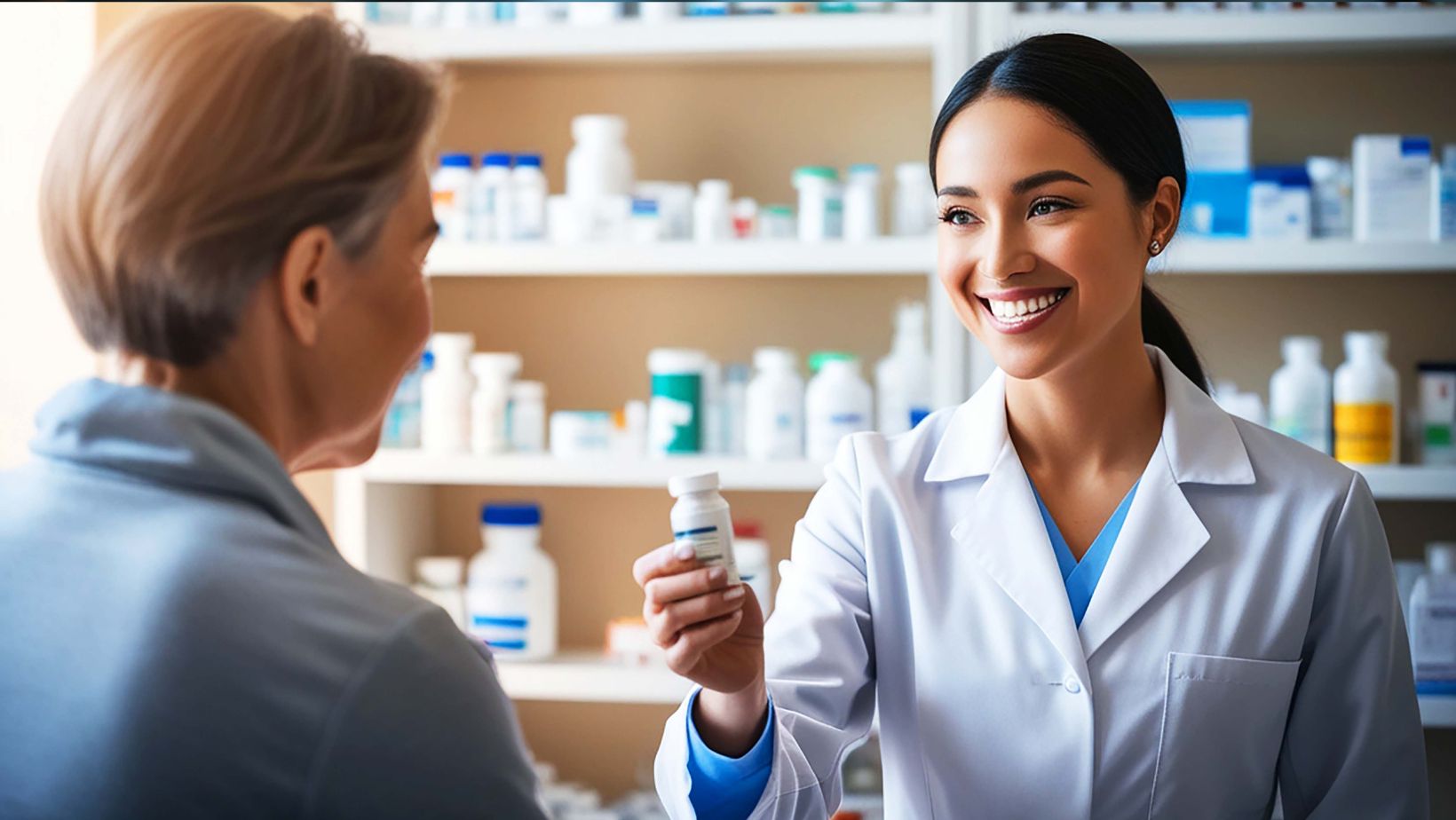
Opioid addiction is a complex condition that affects the brain and body. While some people can achieve recovery through counseling and behavioral therapies alone, many benefit from an approach that combines medical and psychological care. Medication-Assisted Treatment (MAT) is one of the most effective ways to treat opioid use disorder, and it has helped countless individuals regain control of their lives.
What Is MAT?
Medication-Assisted Treatment (MAT) uses FDA-approved medications — such as buprenorphine, methadone, or naltrexone — in combination with counseling and behavioral therapies. These medications do not replace one drug with another; instead, they work by:
- Reducing withdrawal symptoms
- Controlling cravings
- Stabilizing brain chemistry
- Helping patients focus on therapy and long-term recovery
MAT is considered the “gold standard” of care for opioid addiction because it addresses both the physical and psychological aspects of the disorder.
Who Can Benefit from MAT?
MAT is designed for people struggling with opioid use disorder, including dependence on heroin, prescription painkillers, or synthetic opioids like fentanyl. It can be beneficial for:
- Individuals who have experienced repeated relapses
- Those who need help managing severe withdrawal symptoms
- People balancing recovery with work, school, or family obligations
- Individuals seeking a treatment option that allows them to remain in their community while receiving care
According to the National Institute on Drug Abuse (NIDA), MAT significantly increases treatment retention rates and reduces the risk of overdose.
Dispelling the Myths
One of the biggest misconceptions about MAT is that it substitutes one addiction for another. In reality, the medications used in MAT are carefully prescribed and monitored by medical professionals. They are designed to restore balance and reduce harm, not create a new dependency.
How MAT Fits Into Recovery
While medication is a core part of MAT, it is never the only component. Patients also participate in therapy sessions, support groups, and education to address the emotional and behavioral aspects of addiction. This integrated approach helps individuals develop healthier coping mechanisms, rebuild relationships, and create sustainable recovery plans.
Finding Accessible Treatment Options
MAT is now more accessible than ever, thanks to telehealth and virtual care. For those seeking an online opioid treatment program, programs are available that combine medical oversight with counseling in a flexible, private, and convenient format. This allows individuals to begin recovery without the barriers of transportation or time constraints.
A Path Toward Hope and Healing
Medication-Assisted Treatment is not a shortcut — it’s a proven, evidence-based approach that saves lives. By combining medication with therapy and support, MAT gives individuals the tools they need to break free from opioid addiction and build a healthier future.







